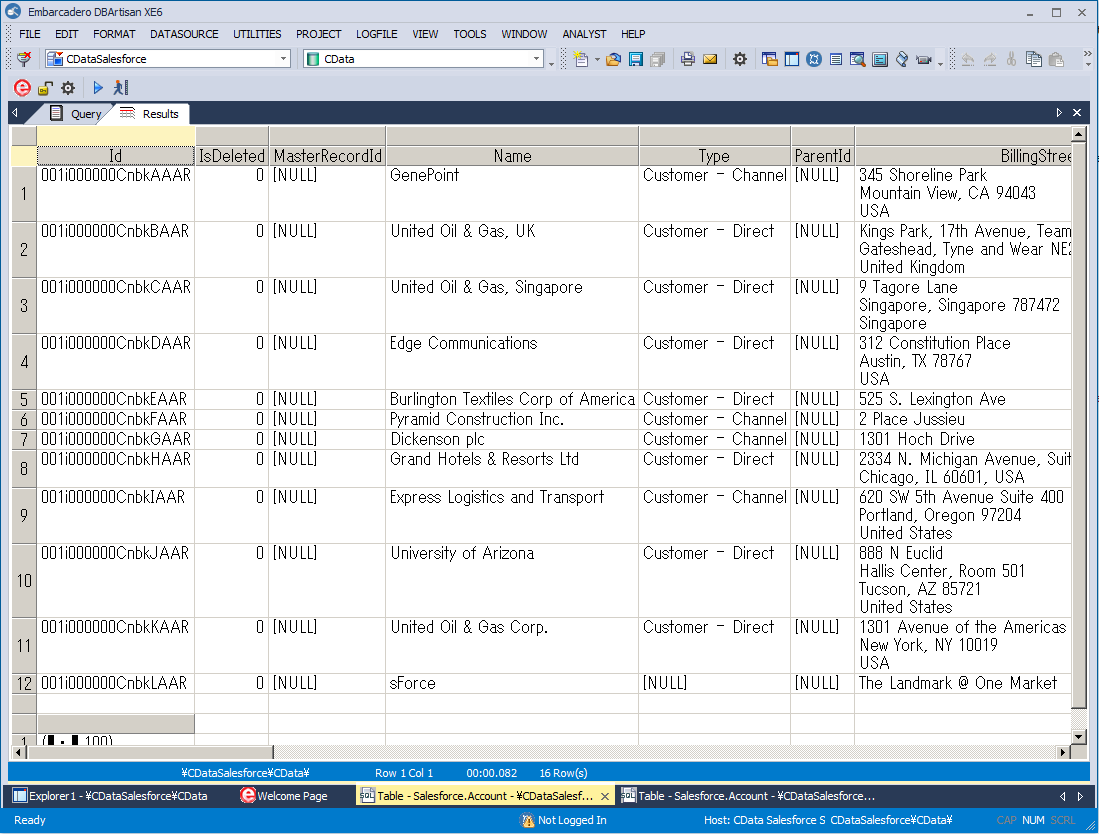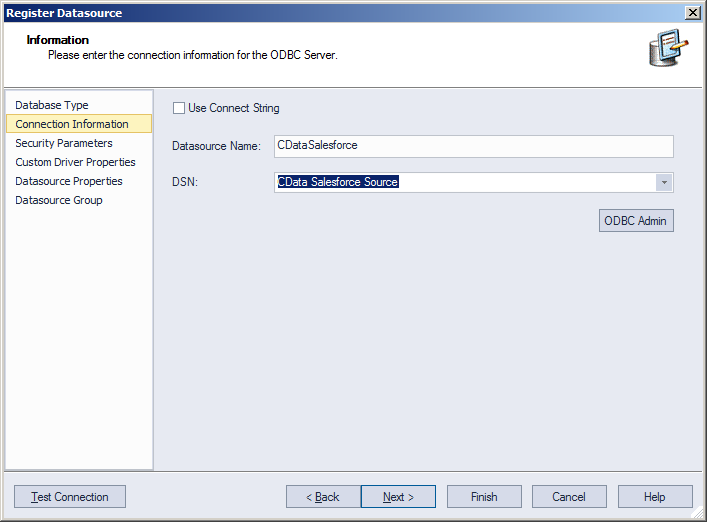Model Context Protocol (MCP) finally gives AI models a way to access the business data needed to make them really useful at work. CData MCP Servers have the depth and performance to make sure AI has access to all of the answers.
Try them now for free →Connect to Splunk Data in DBArtisan
Use wizards in DBArtisan to configure Splunk data as a data source.
The CData ODBC Driver for Splunk seamlessly integrates Splunk data into database management tools like DBArtisan by enabling you to access Splunk data as a database. This article shows how to create an data source for Splunk in DBArtisan and execute queries. You can then edit data visually and execute standard SQL.
Integrate Splunk Data into DBArtisan Projects
If you have not already, first specify connection properties in an ODBC DSN (data source name). This is the last step of the driver installation. You can use the Microsoft ODBC Data Source Administrator to create and configure ODBC DSNs.
To authenticate requests, set the User, Password, and URL properties to valid Splunk credentials. The port on which the requests are made to Splunk is port 8089.
The data provider uses plain-text authentication by default, since the data provider attempts to negotiate TLS/SSL with the server.
If you need to manually configure TLS/SSL, see Getting Started -> Advanced Settings in the data provider help documentation.
You can then follow the steps below to register Splunk data as a database instance in your project:
- In DBArtisan, click Data Source -> Register Datasource.
- Select Generic ODBC.
- Enter a name for the data source and select the DSN.
![The DSN of the data source to be registered. (Salesforce is shown.)]()
- Finish the wizard to connect to Splunk data. Splunk entities are displayed in the Datasource Explorer.
![The Datasource Explorer. (Salesforce is shown.)]()
You can now work with Splunk data as you work with any other database. See the driver help documentation for more information on the queries supported by the Splunk API.




